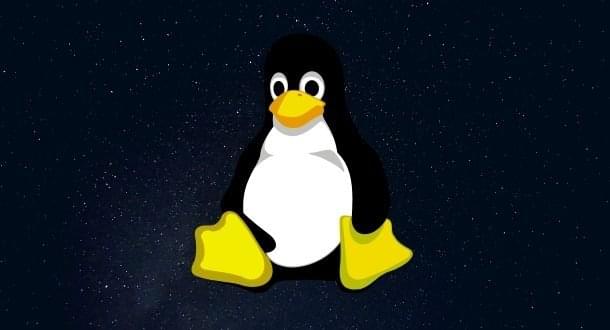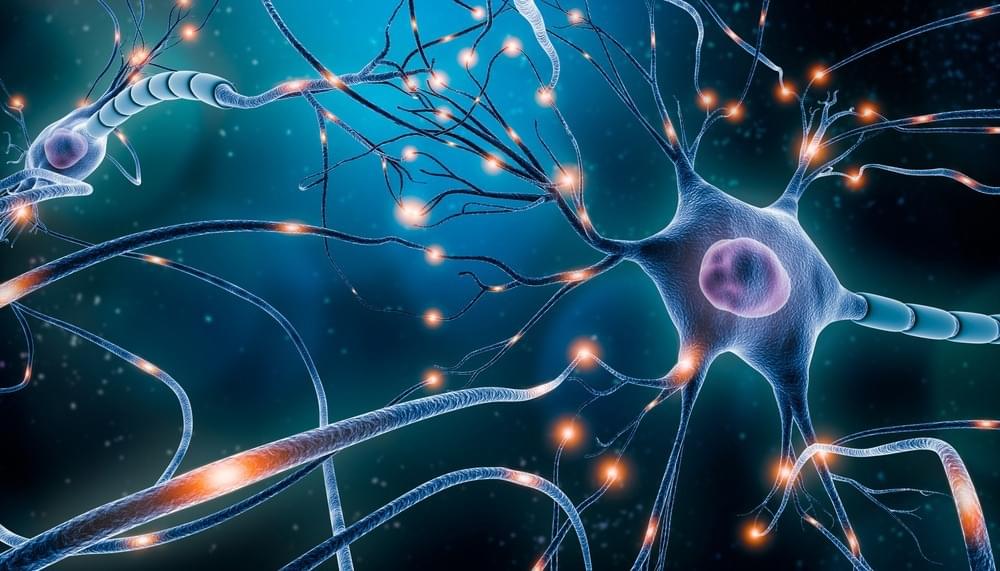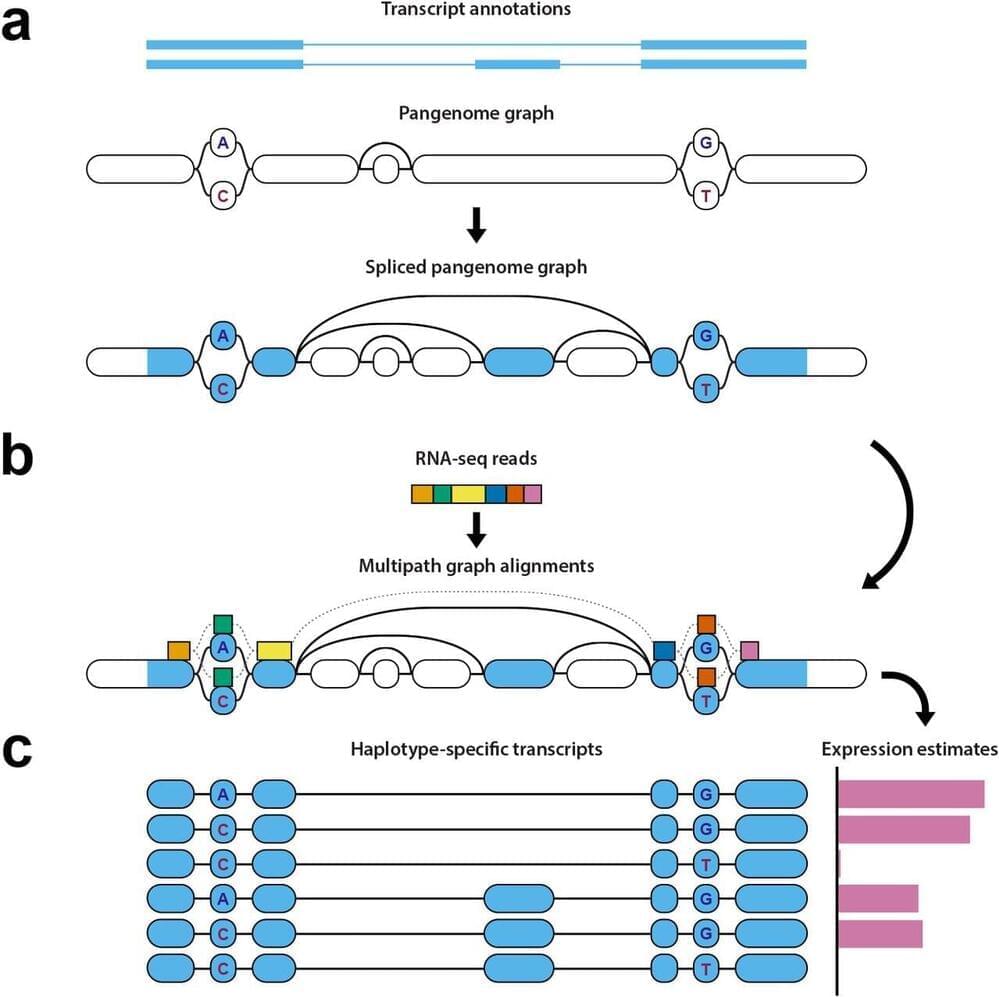
At team of researchers at Stanford University reports evidence that people who engage in cyclic sighing breathing exercises see a greater reduction in stress than those engaging in mindfulness meditation. In their paper published in the journal Cell Reports Medicine, the researchers describe their study of several different types of stress reduction techniques.
Prior research has shown that while stress can be a positive influence at times, such as when it prompts people to do things they know they need to do, more often, it is considered adverse because it can lead to health problems such as hypertension. Thus, stress techniques have been developed to help people reduce stress without resorting to drugs. One such technique is mindfulness meditation, during which a person attempts to relax by putting themselves in the moment in a nonjudgmental way for a period of time. Other techniques involve engaging in breathing exercises. In this new effort, the researchers compared three types of breathing exercises and mindfulness meditation to assess their effectiveness.
The three types of breathing exercises tested included cyclic sighing, in which more time and thought is spent on exhaling than on inhaling or holding the breath; box breathing, in which breathing and holding are done for the same amount of time; and cyclic hyperventilation, in which inhalations last longer than exhalations.


 Cytokine mediated sustained inflammation increases the risk to develop different complex chronic inflammatory diseases, such as inflammatory bowel disease (IBD). Recent studies highlighted the involvement of inflammation associated gene variants in m6A methylation. Moreover, long noncoding RNAs (lncRNAs) participate in the pathogenesis of inflammatory disorders and their function can be influenced by differential methylation. Here we describe the functional implication of LOC339803 lncRNA in the development of IBD. We found that allele-specific m6A methylation affects YTHDC1 mediated protein binding affinity. LOC339803-YTHDC1 interaction dictates chromatin localization of LOC339803 ultimately inducing IL1B and contributing to the development of intestinal inflammation. Our findings were confirmed using human intestinal biopsy samples from IBD and controls. Overall, our results support LOC339803 lncRNA as an important mediator of intestinal inflammation, presenting this lncRNA as a potential novel therapeutic target for the treatment of IBD.
Cytokine mediated sustained inflammation increases the risk to develop different complex chronic inflammatory diseases, such as inflammatory bowel disease (IBD). Recent studies highlighted the involvement of inflammation associated gene variants in m6A methylation. Moreover, long noncoding RNAs (lncRNAs) participate in the pathogenesis of inflammatory disorders and their function can be influenced by differential methylation. Here we describe the functional implication of LOC339803 lncRNA in the development of IBD. We found that allele-specific m6A methylation affects YTHDC1 mediated protein binding affinity. LOC339803-YTHDC1 interaction dictates chromatin localization of LOC339803 ultimately inducing IL1B and contributing to the development of intestinal inflammation. Our findings were confirmed using human intestinal biopsy samples from IBD and controls. Overall, our results support LOC339803 lncRNA as an important mediator of intestinal inflammation, presenting this lncRNA as a potential novel therapeutic target for the treatment of IBD. CRISPR/Cas9 technology-mediated genome editing has significantly improved the targeted inactivation of genes in vitro and in vivo in many organisms. In this study, we have reported a novel CRISPR-based vector system for conditional tissue-specific gene ablation in zebrafish. Specifically, the cardiac-specific cardiac myosins light chain 2 (cmlc2) promoter drives Cas9 expression to silence the neuropilin-1(nrp1) gene in cardiomyocytes in a heat-shock inducible manner. This vector system establishes a unique tool to regulate the gene knockout in both the developmental and adult stages and hence, widens the possibility of loss-of-function studies in zebrafish at different stages of development and adulthood. Using this approach, we investigated the role of neuropilin isoforms nrp1a and nrp1b in response to cardiac injury and regeneration in adult zebrafish hearts. We observed that both the isoforms (nrp1a and nrp1b) are upregulated after the cryoinjury. Interestingly, the nrp1b-knockout significantly altered heart regeneration and impaired cardiac function in the adult zebrafish, demonstrated by reduced heart rate (ECG), ejection fractions, and fractional shortening. In addition, we show that the knockdown of nrp1b but not nrp1a induces activation of the cardiac remodeling genes in response to cryoinjury. To our knowledge, this is the first study where we have reported a heat shock-mediated conditional knockdown of nrp1a and nrp1b isoforms using CRISPR/Cas9 technology in the cardiomyocyte in zebrafish, and furthermore have identified a crucial role for nrp1b isoform in zebrafish cardiac remodeling and eventually heart function in response to injury.
CRISPR/Cas9 technology-mediated genome editing has significantly improved the targeted inactivation of genes in vitro and in vivo in many organisms. In this study, we have reported a novel CRISPR-based vector system for conditional tissue-specific gene ablation in zebrafish. Specifically, the cardiac-specific cardiac myosins light chain 2 (cmlc2) promoter drives Cas9 expression to silence the neuropilin-1(nrp1) gene in cardiomyocytes in a heat-shock inducible manner. This vector system establishes a unique tool to regulate the gene knockout in both the developmental and adult stages and hence, widens the possibility of loss-of-function studies in zebrafish at different stages of development and adulthood. Using this approach, we investigated the role of neuropilin isoforms nrp1a and nrp1b in response to cardiac injury and regeneration in adult zebrafish hearts. We observed that both the isoforms (nrp1a and nrp1b) are upregulated after the cryoinjury. Interestingly, the nrp1b-knockout significantly altered heart regeneration and impaired cardiac function in the adult zebrafish, demonstrated by reduced heart rate (ECG), ejection fractions, and fractional shortening. In addition, we show that the knockdown of nrp1b but not nrp1a induces activation of the cardiac remodeling genes in response to cryoinjury. To our knowledge, this is the first study where we have reported a heat shock-mediated conditional knockdown of nrp1a and nrp1b isoforms using CRISPR/Cas9 technology in the cardiomyocyte in zebrafish, and furthermore have identified a crucial role for nrp1b isoform in zebrafish cardiac remodeling and eventually heart function in response to injury.













